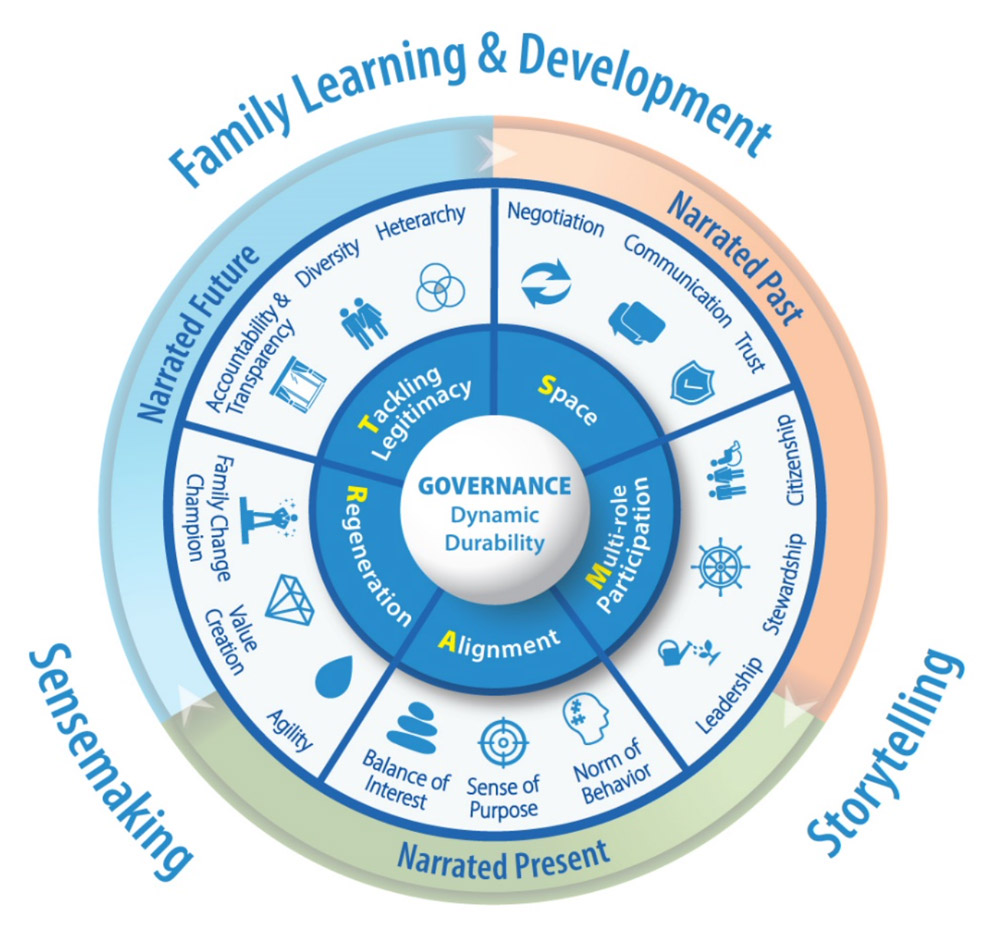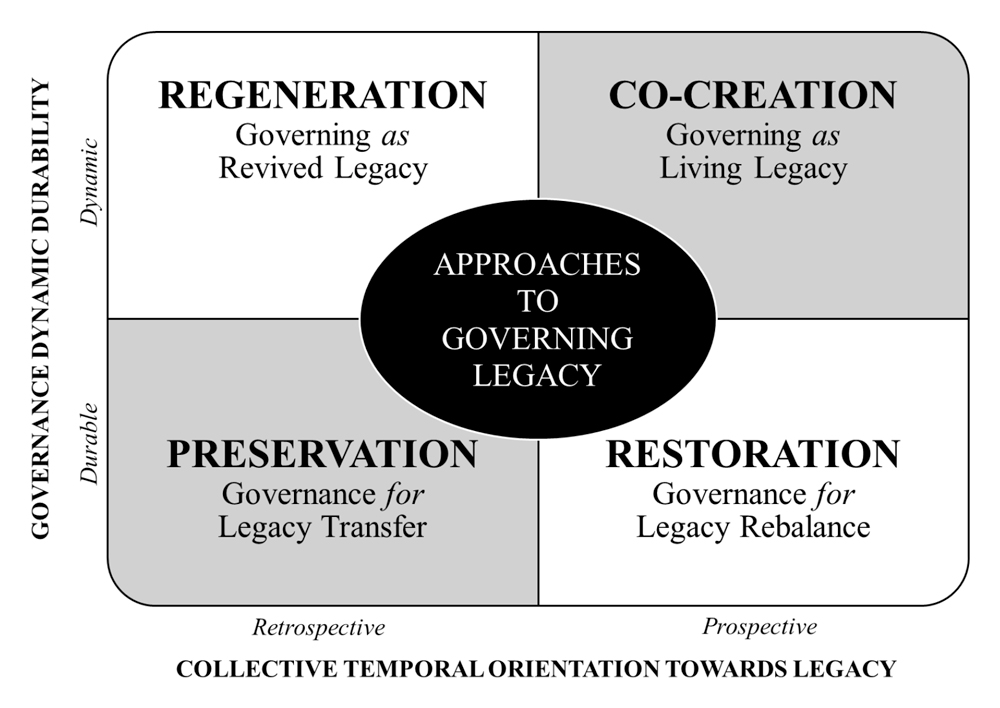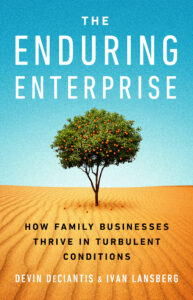In an article published in FFI Practitioner, LGA Advisor Jeremy Cheng explores the dynamic nature of legacy within family enterprises and the critical role of governance in its evolution. He emphasizes that legacy is not a static inheritance, but a co-constructed entity shaped by interactions between legacy “senders” (e.g., founders) and “receivers” (e.g., successors). This perspective challenges the traditional approach of preserving legacy through rigid governance structures, advocating instead for adaptable systems that accommodate evolving interpretations across generations.
In a study titled The Governance Marathon, sponsored by the FFI 2086 Society, Jeremy and his co-authors introduced the concept of “governance dynamic durability.”
The essence of dynamic durability lies in maintaining an open, living, organized, and adaptable governance system. Governance is a social practice with a technical component. The system remains alive and open due to the underlying governing practices, while the technical component defines essential organizational boundaries. Families, with their unique characteristics, activate and reactivate specific building blocks of dynamic durability. These include (i) Space; (ii) Multi-role participation; (iii) Alignment; (iv) Regeneration; and (v) Tackling Legitimacy. Together, these elements form what we refer to as the G-SMART model of dynamic durability (see Figure 1).

By applying this model, families can develop governance systems that are both durable and dynamic, facilitating the continuous co-creation of legacy that resonates with all stakeholders.
For advisors, understanding a family’s temporal orientation toward legacy is crucial. Once this orientation is clear, they can work with client families to develop an effective approach to governing their legacy.
Jeremy has developed a model that encompasses four distinct approaches to governing legacy, namely (i) Preservation, (ii) Restoration, (iii) Regeneration, and (iv) Co-creation. Each approach caters to families in different life stages. Families will have to adjust their approach as their anticipated futures evolve across generations.

The full FFI article is available here.









